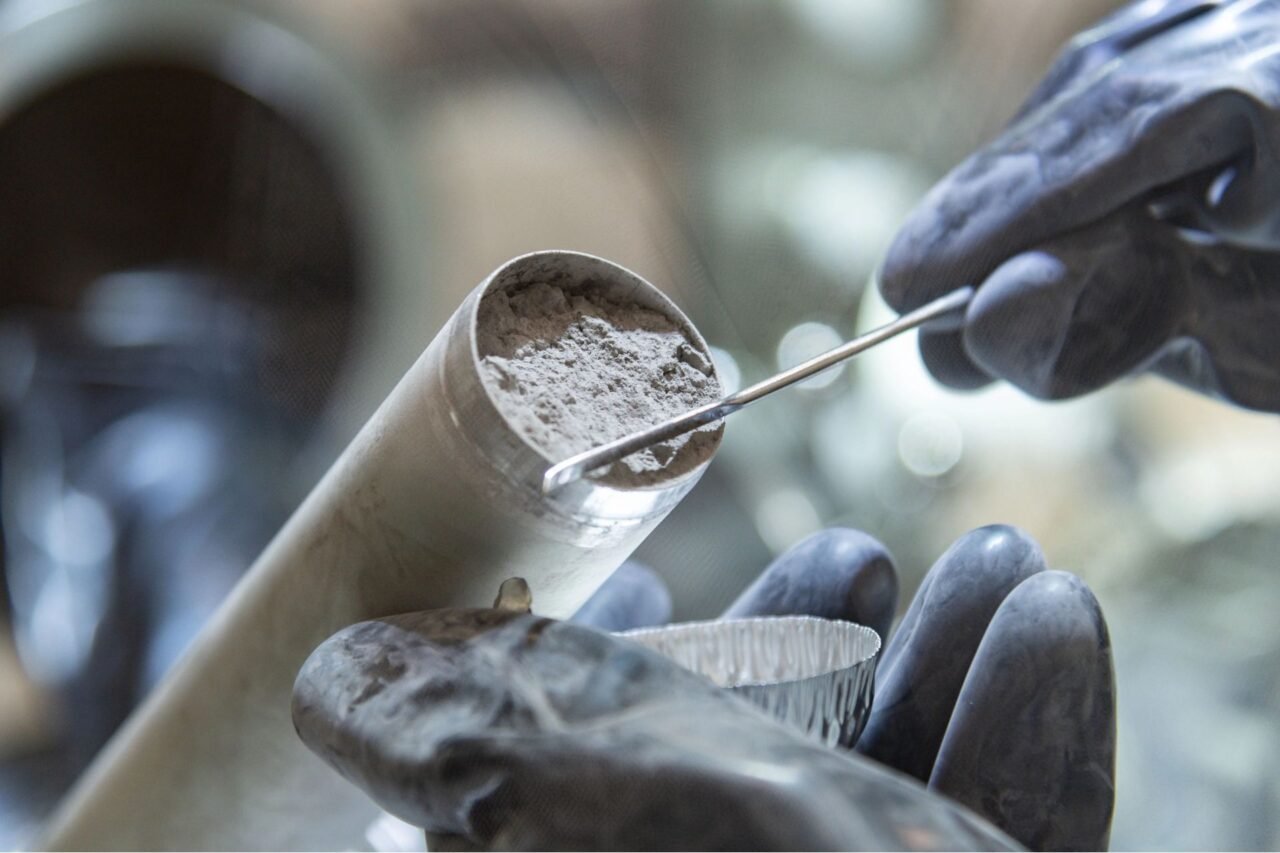Research conducted by a team of scientists has revealed a new and surprising element found in lunar dust collected during NASA’s Apollo 17 mission. This discovery, led by James W. Dottin III, an assistant professor of Earth, environmental, and planetary sciences at Brown University, indicates that volcanic materials in the Moon’s samples possess unique sulfur compounds that differ significantly from those found on Earth.
The Apollo 17 mission, which took place in December 1972, was the last mission to send astronauts to the Moon. The crew returned with over 2,000 samples of lunar rock and dust, some of which remained sealed for decades. These samples were preserved under NASA’s Apollo Next Generation Sample Analysis (ANGSA) program, with the hope that future advancements in technology would enable more detailed studies.
Advanced Techniques Reveal Unexpected Findings
In recent years, NASA has opened the door to new research proposals targeting these samples. Dottin’s team proposed the use of secondary ion mass spectrometry, a high-precision technique developed after the samples were originally returned. This method allows researchers to measure the ratios of different isotopes in a sample, providing a distinctive isotopic “fingerprint” that can indicate the sample’s origin.
Contrary to previous assumptions that the sulfur isotopes in lunar samples would mirror those found on Earth, Dottin’s analysis revealed a stark contrast. “Before this, it was thought that the lunar mantle had the same sulfur isotope composition as Earth,” Dottin stated in a press release. “That’s what I expected to see when analyzing these samples, but instead we saw values that are very different from anything we find on Earth.”
New Insights into Lunar Formation
The team focused on volcanic rock portions from the drive tube sample taken from the Taurus-Littrow valley. Their findings showed that the volcanic material was low in sulfur-33, a stable isotope of sulfur, which diverges from the ratios typically observed on our planet. Dottin expressed his astonishment, stating, “My first thought was, ‘Holy shmolies, that can’t be right.’ So we went back to make sure we had done everything properly and we had. These are just very surprising results.”
The implications of this research suggest that the sulfur present in the lunar samples may have formed through chemical reactions that occurred early in the Moon’s history or could be indicative of its formation. The prevailing theory posits that the Moon originated from debris resulting from a colossal collision between Earth and a Mars-sized object known as Theia. Thus, this discovery could potentially reveal traces of Theia’s sulfur signature within the Moon’s mantle.
Dottin and his team’s findings, published in the journal JGR Planets, mark a significant advancement in our understanding of the Moon’s geology and its formation. As researchers continue to analyze sulfur isotopes from other planetary bodies, such as Mars, they hope to further untangle the mysteries surrounding the origins of celestial bodies within our solar system.
This groundbreaking research underscores the evolving nature of lunar science and highlights the importance of ongoing exploration and analysis of samples collected during past missions. The insights gained from these studies not only deepen our understanding of the Moon but also illuminate the processes that shaped our planetary neighborhood.





































































